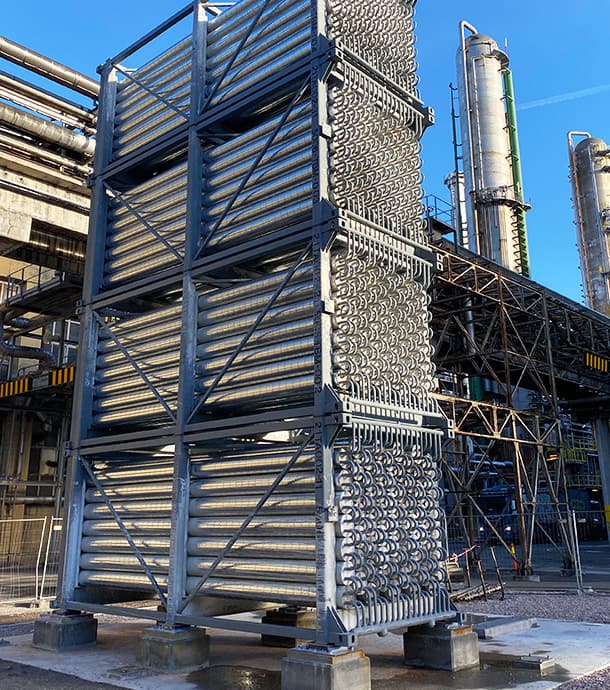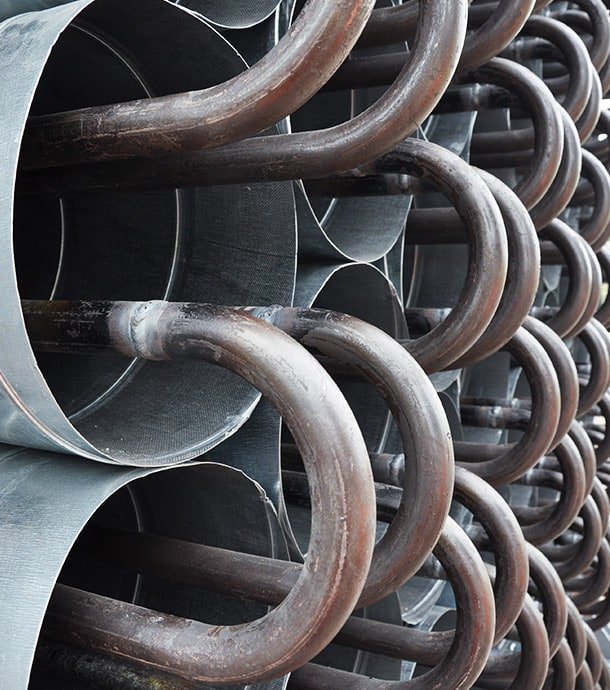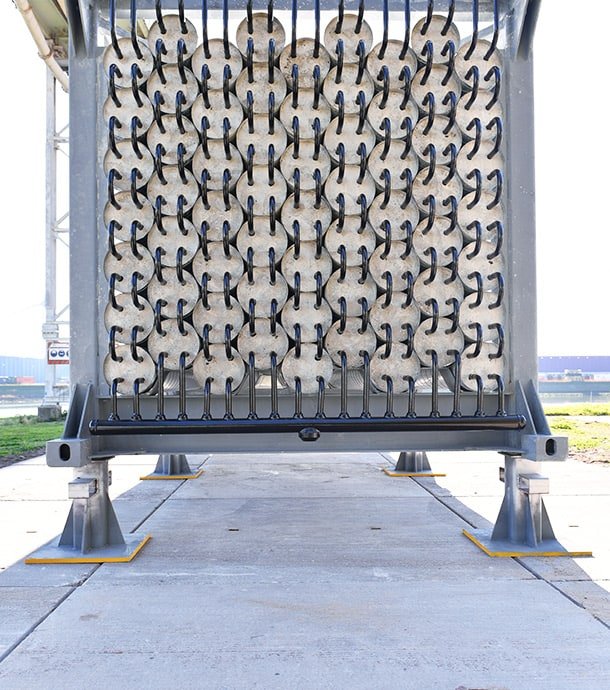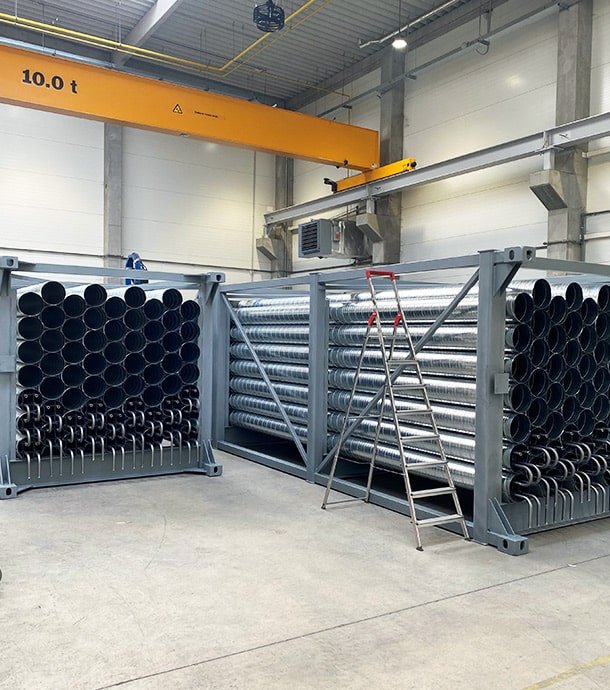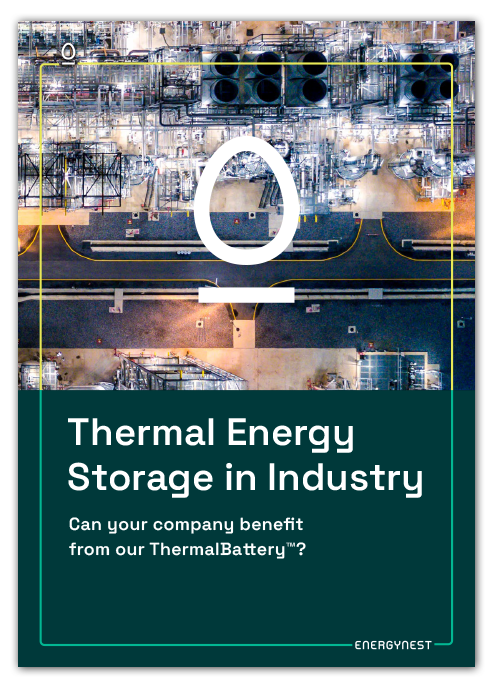ThermalBattery™
The ENERGYNEST ThermalBattery™
Powering you into the future: Our ThermalBattery™ technology for thermal energy storage
At the core of all of our energy storage solutions is our modular, scalable ThermalBattery™ technology, a solid-state, high temperature thermal energy storage.
Integrating with customer application and individual processes on site, the ThermalBattery™ plugs into stand-alone systems using thermal oil or steam as heat-transfer fluid to charge and discharge green energy on demand.
How our technology changes heat into green energy
Operational range of ThermalBattery™
Cost effective
Safe to use
Easy to install
Rapid carbon payback
The payback from cutting your carbon footprint with ENERGYNEST solutions is remarkably fast – with an estimated time of 2 months based on current calculations.
That means your decarbonization strategy could soon start paying for itself – or generate even more value
Kontakt EN lang
Are you interested in ENERGYNEST, or have any questions regarding our thermal energy storage solutions or our applications for your specific industry?
Don’t hesitate to drop us a line.
From casting to site: easy transportation via truck or train due to standardized container format
Charging based on thermal oil system
Charging based on steam system
Peer-reviewed design
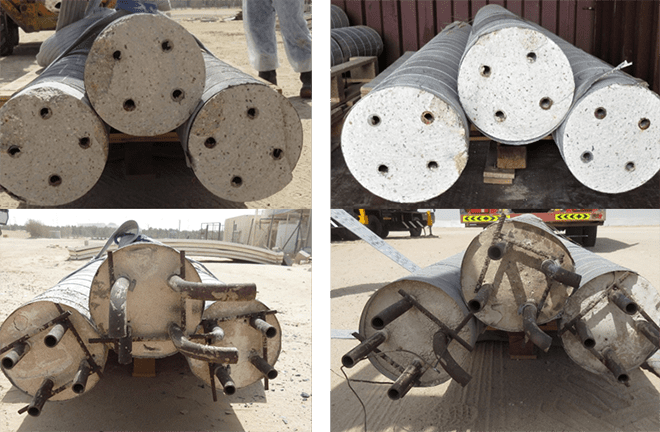
From production to site assembly: preparation of the steel cassettes before casting and final assembly of the finished modules at YARA's site in Porsgrunn, Norway
Frequently Asked Questions
(assume: delivery of materials + construction)
The material cost for our basic storage modules completely depends on the actual storage capacity and the individual project conditions. This includes the storage medium, the containment of the medium and the means to input and extract heat from the medium. This also needs to take into account local EPC costs which tend to vary significantly from one project to another. The total system cost will therefore vary depending on its size, functionality, subcomponents, and geographic location.
